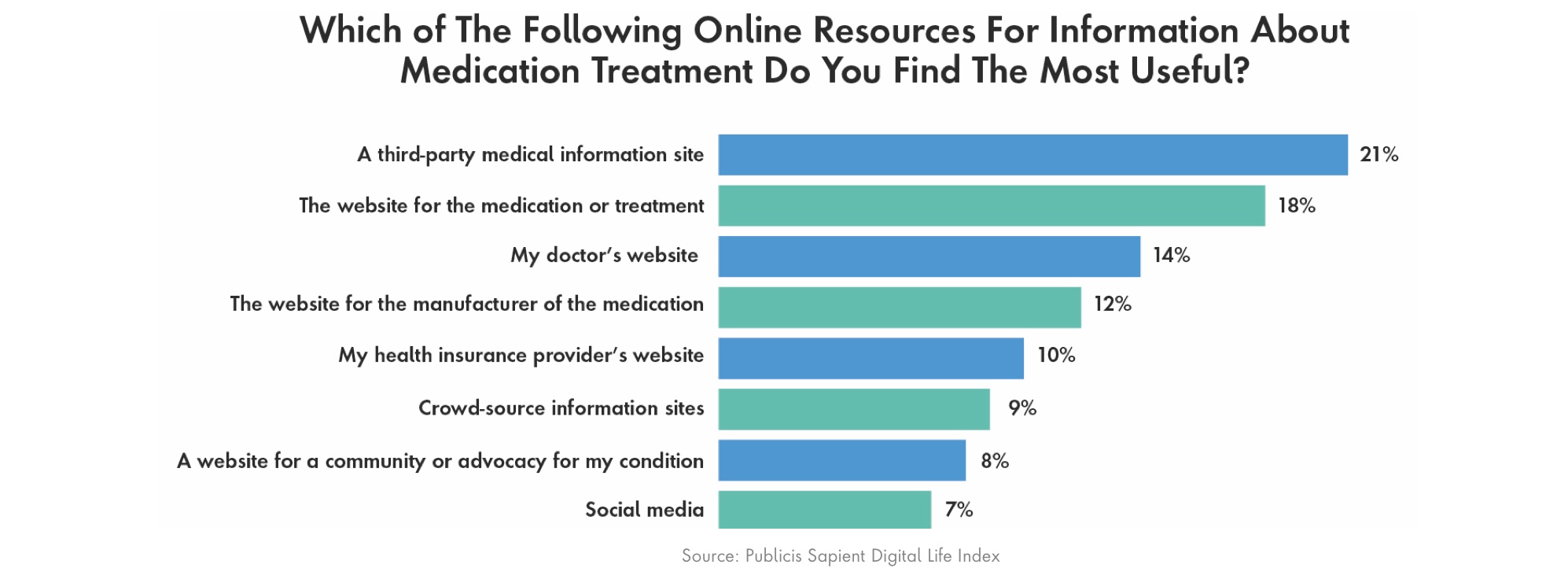Throughout 2020, the healthcare industry was challenged to rapidly accelerate digital-only services as resources turned to fighting COVID-19. It rose to the challenge. This shift, though prompted by response to a crisis, is leading to wider use of digital technologies and services that will continue to prevail in a post-pandemic world.
As we move forward, life sciences companies need to be prepared to resume operations at higher volumes, with tools that will enable them to differentiate and provide deeper value for patients. This means putting the patient at the center of all operations and tapping into opportunities that focus on what really matters: the outcome of healthcare for patients.
A patient-centric approach to care
To become truly patient-centric, life sciences companies must understand their patients and establish relationships built on trust. According to research from IPSOS and Publicis Sapient, patients globally are willing to share personal information through digital channels with healthcare organizations, but the types of information they feel comfortable sharing varies. Further, research from Publicis Sapient’s Digital Life Index finds that 75 percent of global respondents said it was important for their healthcare providers to have access to their medical information digitally.








